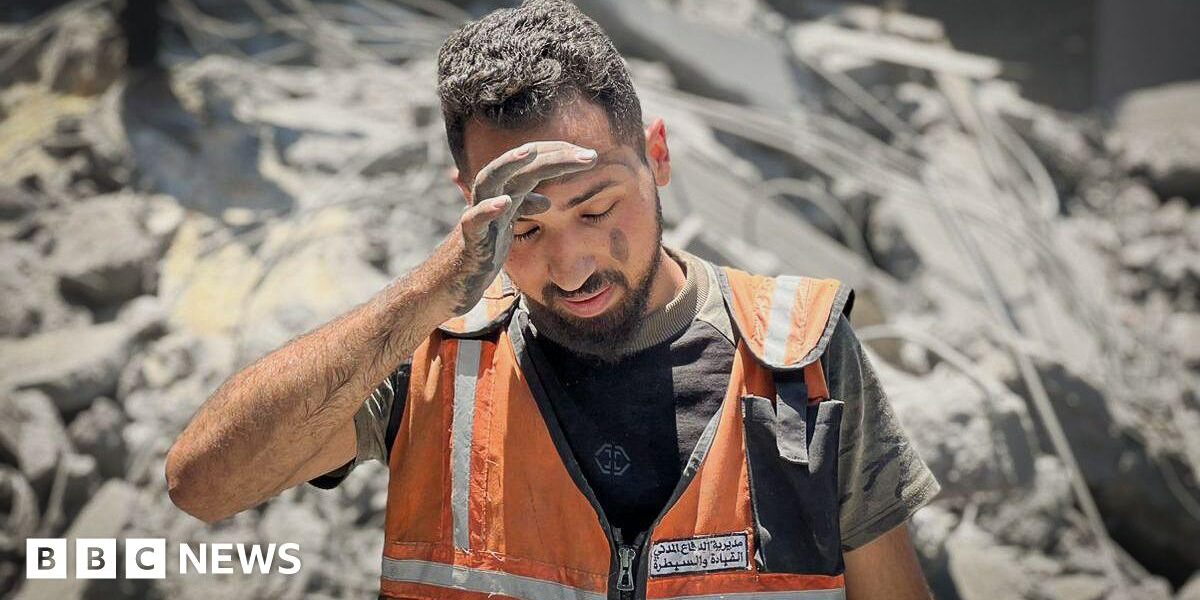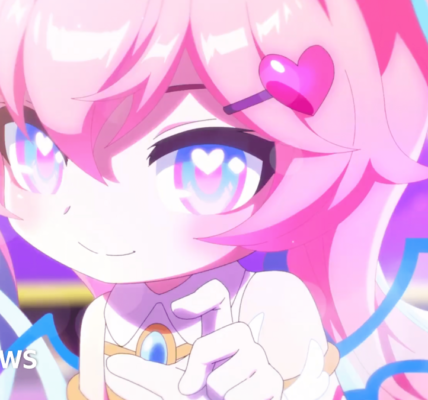The UN aid coordination office OCHA has warned that the recovery of the bodies could take years, owing to the lack of equipment, personnel, and what it estimates is 37 million tonnes of rubble littered with unexploded bombs and dangerous materials like asbestos.
The amount of time that many of the dead also hinders the identification process. At the European Hospital in Khan Younis in the south of Gaza, people were searching for loved ones this week among remains brought to the hospital and laid outside on white sheets. In many cases, the only option was to search for shoes, clothes or other personal effects.
“I believe I will recognise my son immediately, even if his face has no features and he is only a skeleton,” said Ali Ashour, a university professor, of his 18-year-old boy Mahjoud.
“I will recognise him because I am his father and I know him better than a million people,” he said.
Ashour still harboured hope that Mahjoud might have been taken prisoner, he said, but he planned to search the dead every day until he knew. “Any time they bring more remains I will come,” he said. “And if I see my son I will lift him out from between the other bodies and carry him away.”
Nisreen Shaaban was searching for her 16-year-old son Moatassem, who she said had left their home in Beit Hanoun for 15 minutes and never returned.
“I have opened every shroud here looking for the clothes he was wearing, trying to smell his scent,” she said. She was surrounded by human remains. “I feel as though I am living in a cemetery,” she said. “It is a city of horrors.”
The Civil Defence agency estimates that nearly 3,000 people may have been incinerated in the bombardment, robbing some families of an end to their search. But there are many more than that who still need to be recovered.
“These people need to be found and honoured,” Al-Shaghnobi, the rescue worker, said. “This work awaits us. All we need is the equipment and we will do it.”
Muath Al-Khatib and Amr Ahmad Tabash contributed to this report.





